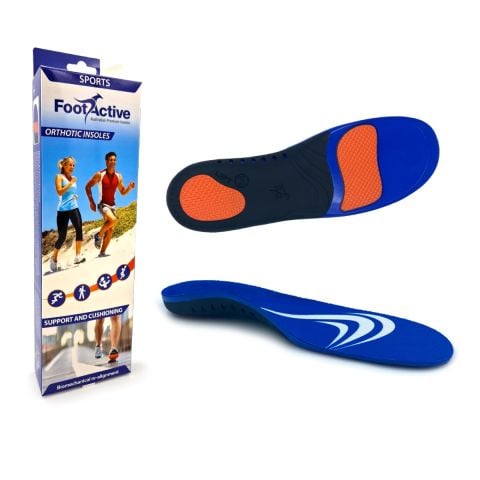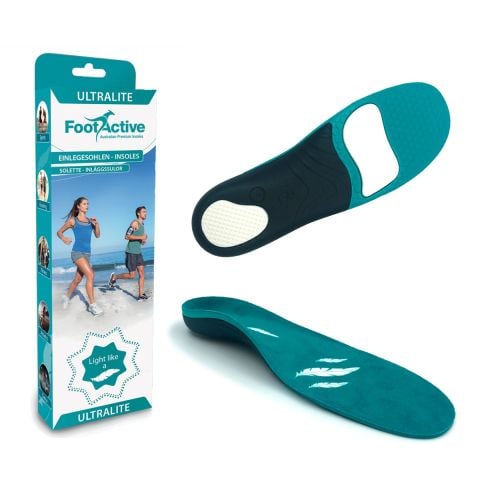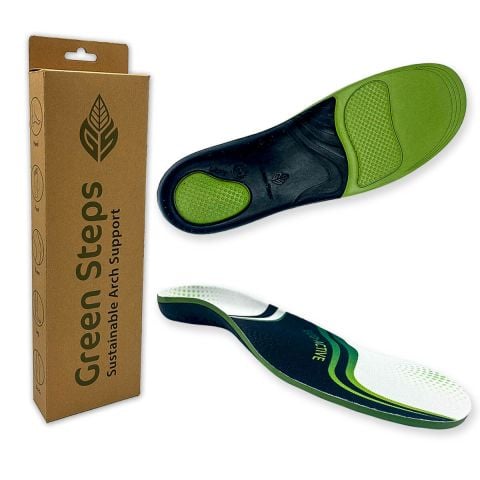Shin Splints Symptoms
Most who experience shin splints report that they are triggered by one specific activity. As a stress related injury, shin splints are also triggered by running and walking for long periods of time on unsupportive or unsuitable footwear. Shin pain is most common with people who have just taken up running or walking. Shin splints are generally caused by excess stretching of muscles and tendons along the shin bones (tibia and fibula). Over-use in athletes and runners is the most common factor.
Over-pronation of the feet can be a major contributing factor. Excessive pronation leads to internal tibial rotation and will increase the tractional forces upon the muscles and ligaments in the lower leg.
Shin pain often begins after you start exercising. It can gradually worsen from a dull pain to a chronic, constant, sharp pain. The time period for these symptoms will vary and can be experienced all within one period of exercise. Suddenly changing your level of activity will also impact the level of pain in your shins. Starting a new, impactful routine can obviously increase your experienced pain.
Shin splints symptoms can be severe and felt in both legs. Shin splint treatment will focus on reducing tightness and tenderness along the panes of the legs.
Shin Splints Treatment
To help prevent shin splints it is important that athletes and runners slowly build up their level of activity and always have a solid warm-up. Shin splint treatment often must be re-active rather than proactive. This means that you should strengthen your ankles, Achilles tendon and calf muscles with appropriate physiotherapy before starting the desired level of activity. Low-impact activities will be best.
Orthopaedic insoles are useful in that they help prevent over-pronation, thereby reducing the strain placed on the muscles and ligaments in the lower leg. In some cases, supportive shoes should be worn and not just when exercising. Running shoes with proper rearfoot stability are most important.
Other shin splint treatment is very simple, rest and ice rotations as standard, especially after a long day on your feet. Simple anti-inflammatory pain relief will also reduce the effects.
Long term shin splint treatment will require some lifestyle choices, but often that can be why shin splints have occurred in the first place, for example, losing weight and increasing activity level.
If at-home shin splint treatment has no effect, you should consult your GP. They might then refer you onto a physiotherapist or for an X-ray to asses the concerns. For more information and advice when buying orthotics or appropriate shoes, don’t hesitate to get in touch with one of our knowledgeable team members.





